Warblers of the Shrublands
In my job as Northeast Wilderness Trust’s (NEWT) New York land steward, I come across a spectacular variety of bird species on NEWT preserves and easements. Beyond entertaining the birder in me, this dimension of my role also allows me to observe how land-use changes affect bird species composition. Most of the time, this involves seeing how interior forest birds respond to formerly logged lands rewilding via NEWT’s passive management approach. But sometimes, I’m treated to the surprises of different ecosystems—and the special delight that comes with the sighting of an unexpected species.
I had one such experience recently on a monitoring trip to a 60-acre conservation easement in the Split Rock Wildway in the Adirondack Park. This easement, despite its modest size, packs a big ecological punch. Upon leaving my vehicle, I experienced a landscape I know well. Water rushed over a waterfall while Eastern hemlocks towered above. Further on, an enormous rock face covered in moss and ferns emerged from behind the trees. This was familiar territory for me and for NEWT: an older forest, tranquil and wild.
But as I journeyed on, the landscape became less familiar. By the time I had reached the furthest point from my vehicle, the old forest had transitioned to young successional forest and shrubland. A deer path was the only clear way through this area; dense woody vegetation dominated the scene, with a few younger trees reaching taller than the shrubs.
As I walked through the maze of foliage, I froze in place when from a nearby shrub floated the song of a bird I had never seen before: a Blue-winged Warbler (Vermivora cyanoptera).
These songbirds are shrubland specialists. Their range has expanded northward since European colonization, when settlers cleared much of the Northeast’s forests for farmland. As many of those farms were abandoned, shrublands grew up in their place, creating vast new swaths of suitable habitat for the species.
These human-induced changes to the landscape were great news for Blue-winged Warblers, but not so much for another closely related songbird, the Golden-winged Warbler (Vermivora chrysoptera). Golden-winged Warblers are also a species of shrubby habitats, but they tend to nest in wetlands and then finish out the breeding season in the older forests like the one in which I started my day. The two species are nearly genetically identical, but the Blue-winged Warbler’s northward expansion has led to a dramatic decline in Golden-winged Warbler numbers. The latter often loses out when the two species compete for habitat and resources.
Upon further investigation, I spotted the songster, and found myself even more floored. The bird I spied looked like a Golden-winged Warbler, but was singing like a Blue-winged! The star of my shrubland show was what is known as a Brewster’s Warbler (Vermivora chrysoptera x cyanoptera), a hybrid resulting from interbreeding between Golden- and Blue-winged Warblers.
This was not a species I expected to see that day—or any other day, given that I generally work in the kind of towering forests I described earlier, and that both species specialize in early successional habitat. But it was a great reminder of the importance of a diversity of ecosystem types across the landscape. This shrubland will continue its reversion to forest over the coming years, but the adjacent, state-owned field to the easement’s north will continue to provide the shrubby habitat both species require—and the Golden-winged Warblers will have old forest right next door for their post-breeding needs.
This is a terrific example of the landscape vision of the Wildlands, Woodlands, Farmlands and Communities collective, of which NEWT is a member: a Northeast of diverse land uses and habitats, where wildlands sit side by side with timberlands and farms in a vibrant tapestry of ecosystems and dazzling biodiversity.

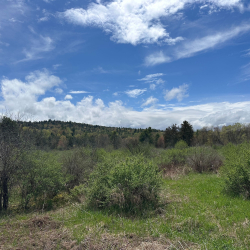
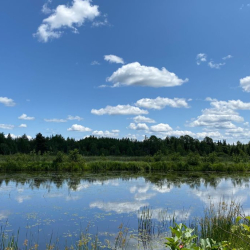
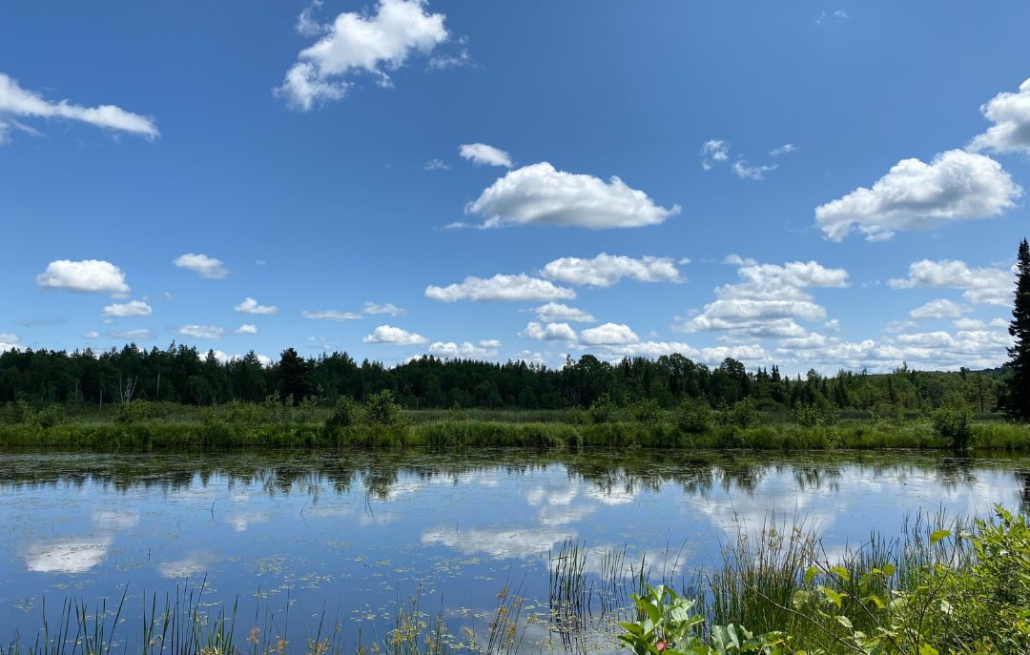
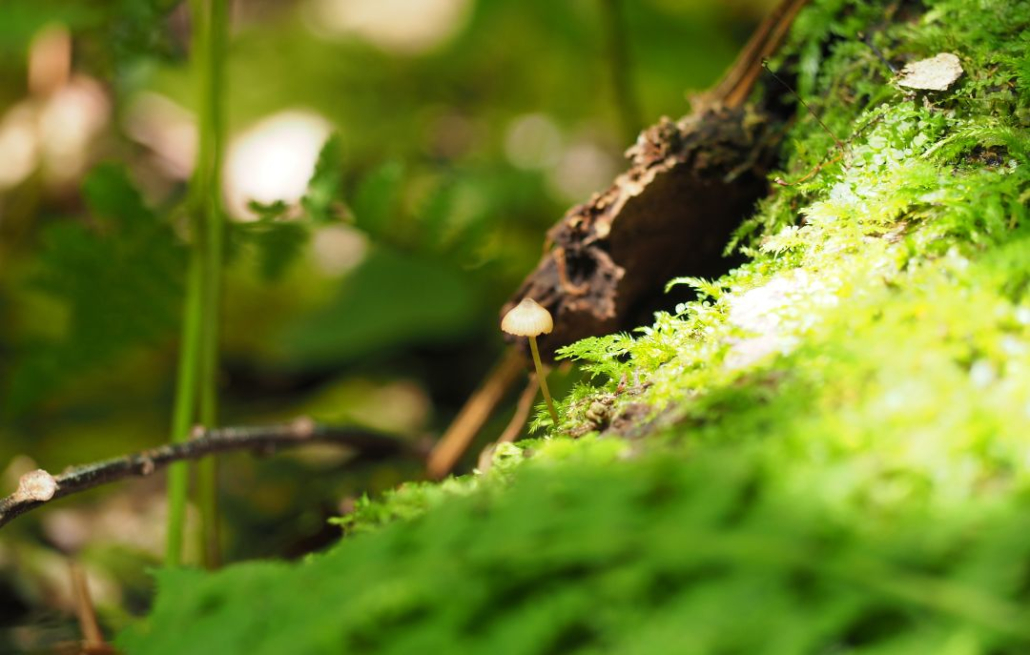
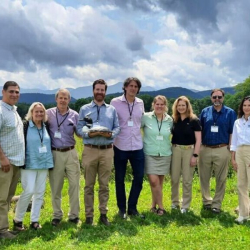
 From Left to Right: Adirondack Council (AC) Rewilding Advocate John Davis, AC Executive Director Raul J. Aguirre (AC), NEWT Board Member Emily Bateson, NEWT Conservation Director Bob Linck, NEWT President and CEO Jon Leibowitz, NEWT Board Chair Brian Tijan, NEWT New York Land Steward Janelle Jones, NEWT Vice President of Advancement Nicie Panetta, NEWT Senior Fellow Tom Butler, and AC Board Chair Sarah Hatfield.
From Left to Right: Adirondack Council (AC) Rewilding Advocate John Davis, AC Executive Director Raul J. Aguirre (AC), NEWT Board Member Emily Bateson, NEWT Conservation Director Bob Linck, NEWT President and CEO Jon Leibowitz, NEWT Board Chair Brian Tijan, NEWT New York Land Steward Janelle Jones, NEWT Vice President of Advancement Nicie Panetta, NEWT Senior Fellow Tom Butler, and AC Board Chair Sarah Hatfield.






